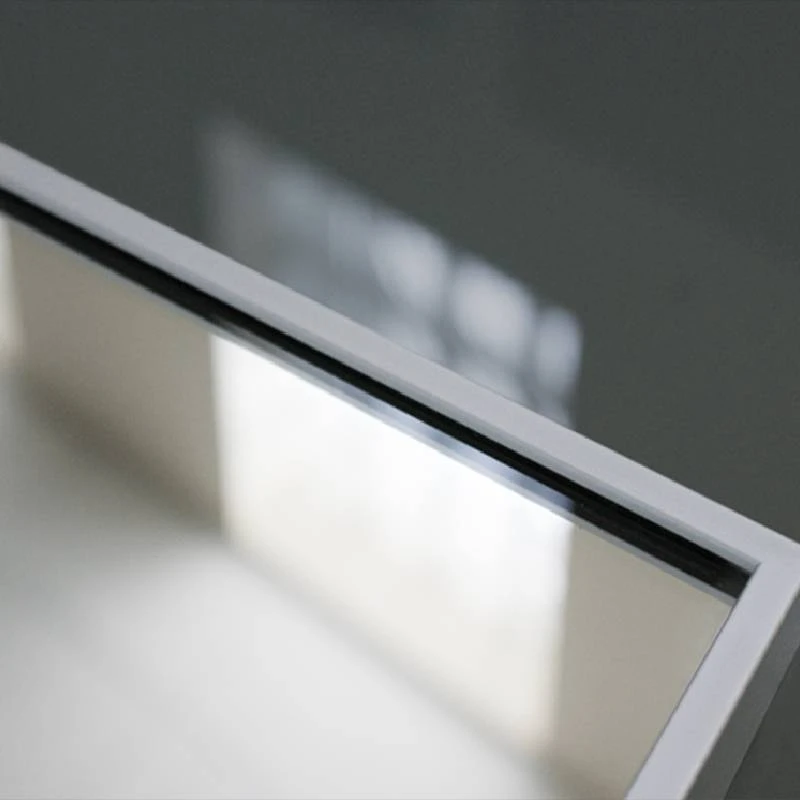

Exploring the Benefits of Solar Low-E Glass for Modern Architecture
In recent years, sustainable building practices have gained significant traction as architects and builders seek to reduce the environmental impact of their designs. Among various innovations in building materials, solar low-emissivity (low-E) glass stands out as a remarkable solution for enhancing energy efficiency while maintaining aesthetic appeal. This article delves into the benefits of solar low-E glass, its applications in modern architecture, and its role in promoting sustainable living.
Solar low-E glass is specifically designed to minimize the amount of infrared and ultraviolet light that comes through the glass without compromising the amount of visible light that enters a building. It achieves this through a microscopically thin metallic coating, which reflects heat back to its source. This technology effectively reduces heat loss during colder months and rejects heat during warmer periods, contributing to a more stable indoor climate.
Energy Efficiency and Cost Savings
One of the most significant advantages of solar low-E glass is its contribution to energy efficiency. By regulating indoor temperatures, this type of glass lowers the reliance on heating and cooling systems. As a result, buildings equipped with solar low-E glass can reduce energy consumption by up to 30%. This reduction in energy use translates into substantial cost savings for property owners, which can be particularly beneficial for commercial buildings with high energy demands. Moreover, many governments offer incentives for incorporating energy-efficient materials, allowing builders to recoup investments more quickly.
Enhanced Comfort and Health
Proper insulation is not only crucial for energy efficiency but also for occupant comfort. Solar low-E glass helps mitigate the extremes of heat and cold inside a building, ensuring a more pleasant environment for residents and employees alike. Furthermore, by filtering out harmful ultraviolet rays, low-E glass safeguards furniture, flooring, and artwork from fading, thus preserving the integrity of interior spaces. This protection contributes to healthier living and working environments, as it reduces the likelihood of mold and dampness caused by condensation buildup on ordinary glass.

Aesthetic Appeal
In addition to its functional benefits, solar low-E glass provides a sleek and modern look that enhances the aesthetic appeal of any building. Available in various shades and styles, low-E glass can be customized to fit the design vision of architects while still delivering energy-saving properties. The transparency of low-E glass promotes natural light, creating bright, inviting spaces that are not only attractive but also improve the overall mood and productivity of occupants.
Environmental Impact
As the construction industry increasingly prioritizes sustainability, the use of solar low-E glass plays a crucial role in reducing carbon footprints. By lowering energy consumption and greenhouse gas emissions associated with heating and cooling systems, low-E glass supports global efforts to fight climate change. Additionally, the longevity of low-E coatings means that they do not require frequent replacement, reducing waste over time.
Conclusion
Incorporating solar low-E glass into modern architectural designs represents a significant step towards achieving sustainability in the built environment. With its myriad benefits—ranging from enhanced energy efficiency and cost savings to improved indoor comfort and aesthetic appeal—solar low-E glass is becoming an essential material for builders and architects committed to creating eco-friendly structures. As the demand for sustainable building solutions continues to grow, solar low-E glass stands out as a practical and appealing choice for the future of architecture.